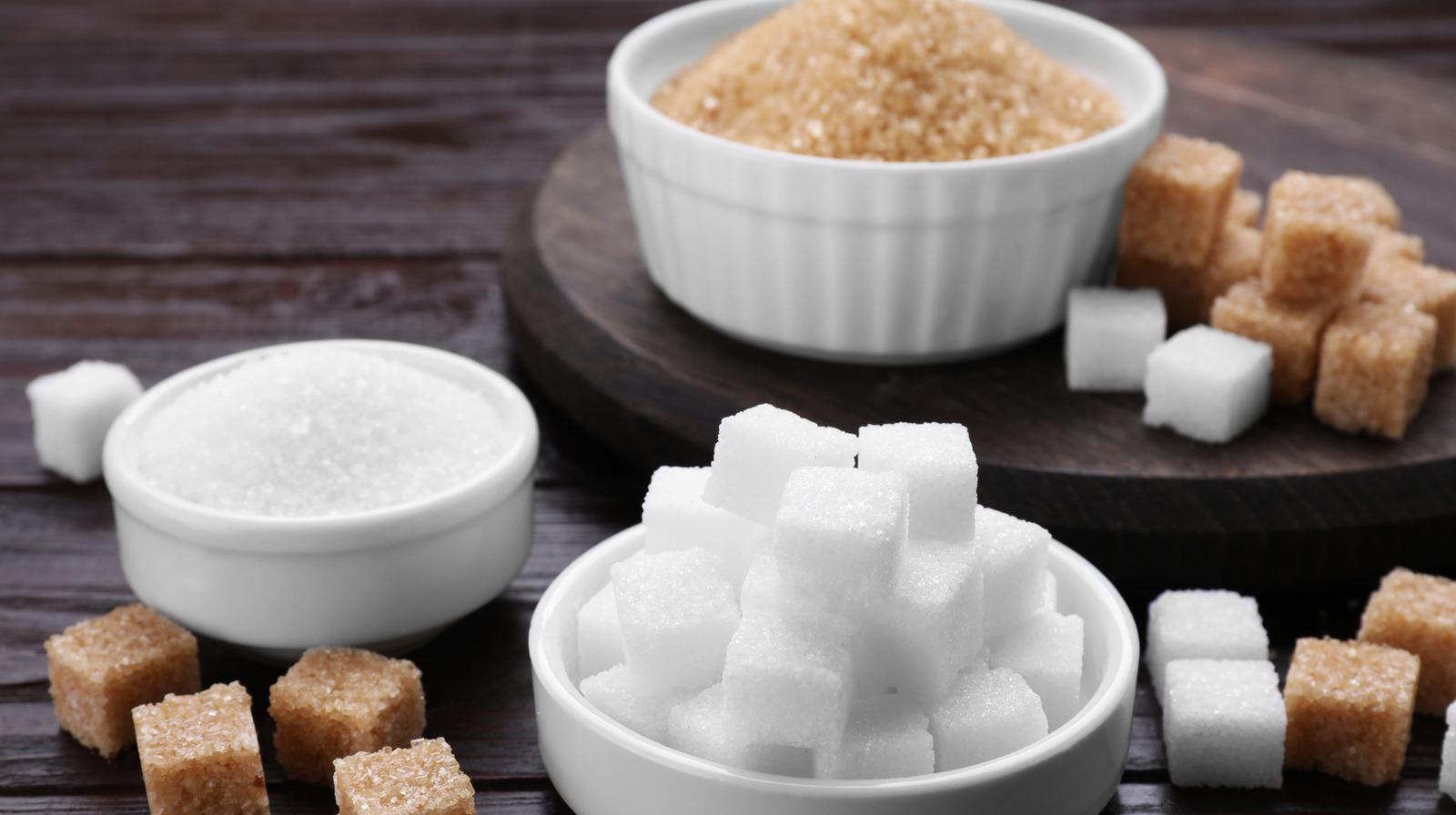
"Getting ready to bake some cookies this week, only to discover you're freshly out of brown sugar? Fret not, for I've been there too. More than once, I've opened my pantry while developing recipes for my cookbook, 108 Asian Cookies, and found only white sugar. The good news is that you can usually swap brown sugar with white sugar in baking, as long as you're okay with a few nuances around color, flavor, and texture alterations."
"Thanks to the molasses, brown sugar adds extra moisture to cookie dough, often making cookies softer and sometimes chewier. White sugar, on the other hand, tends to yield crisper cookies. If you're fine with this texture alteration, then you can make a simple one-to-one swap, substituting your missing brown sugar with white sugar. If a cookie's texture defines it, like with this traditional snickerdoodles recipe or my spicy ginger chai cookies, then you may want to grab some brown sugar from a supermarket."
"When you bake with brown sugar, note that it also affects the color of your cookies. In fact, it deepens them, thanks to the molasses in brown sugar, giving cookies a richer, tanner hue. If you don't mind your cookies turning out a bit paler, like my miso shortbread or sugar cookies, you can easily swap in white sugar instead."
Brown sugar is white sugar with molasses; more molasses makes darker brown sugar. Molasses adds moisture to dough, often producing softer, sometimes chewier cookies, while white sugar tends to create crisper cookies. A one-to-one substitution of white sugar for brown sugar is acceptable when minor changes in texture, color, and flavor are acceptable. Brown sugar deepens cookie color, producing a richer, tanner hue; white sugar yields paler cookies. Flavor differences are usually subtle when small amounts of brown sugar are swapped, but larger substitutions increase noticeable changes. For cookies defined by texture or flavor, using brown sugar is preferable.
Read at Tasting Table
Unable to calculate read time
Collection
[
|
...
]